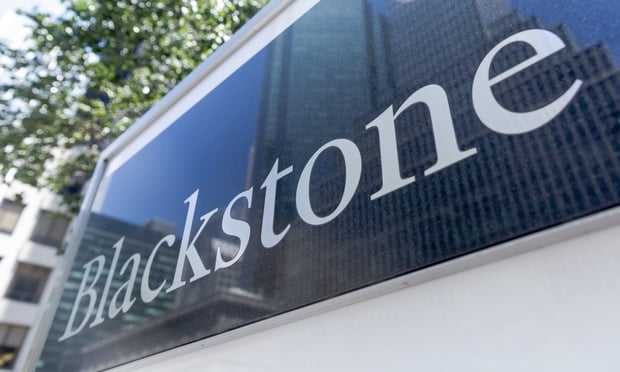HUNTINGTON BEACH, CA—In the current economy, store closures aren't necessarily a negative indication, but may instead reflect retailers' desire to meet rapidly changing consumer shopping habits, Excess Space Retail Services' executive managing director Al Williams tells GlobeSt.com. The store-closure market has been very active this year, a trend that Williams expects will continue in 2016. We spoke exclusively with him about this trend and how it relates to retail space leasing.
GlobeSt.com: What can you tell us about the latest trends in store closures?
Williams:It has been a very active store-closure market in 2015, and we see this trend continuing into 2016. Retail-store closings in a robust economy is neither indicative of unprofitable locations nor of a retailer struggling; however, it is representative of retailers being proactive to meet rapidly changing consumer shopping habits. Moreover, considerable merger-and-acquisition activity will create redundancies in retailers' portfolios and therefore contribute significantly to additional store closures in 2016.
Additionally, even though the economy has seen improvement this year, several apparel and department-store retailers have struggled. We anticipate those two segments of retail will meaningfully contribute to 2016 store closures.
GlobeSt.com: How are store closures related to online retail sales?
Williams:Unquestionably, rapidly evolving consumer purchasing patterns have forced retailers to look at their brick-and-mortar strategy. Thus far, retailers have focused more on right-sizing efforts than on actual full-store closures. We believe the trend of retailers reducing the size of their store prototypes will continue into the foreseeable future. Interestingly enough, the industry continues to evolve as several Internet-based companies have opened brick-and-mortar locations (e.g., Amazon, Apple, Microsoft, etc.) Brick-and-mortar is here to stay!
GlobeSt.com: How has retail space leasing changed in 2015?
Williams: Overall, markets across the country have continued to see incremental increases in both occupancy levels and rental rates, which were both at a six-year high at the end of 2014. In general, retailers have been very proactive in expanding and repositioning their store base.
GlobeSt.com: How do see retail space leasing changing in 2016?
Williams:There are many variables that could have a material impact on retail leasing activity; i.e., the difficult geopolitical environment in the US and globally, the impending presidential election, the potential of continued rate increases, the US stock market reaching new highs with narrow participation, etc. 2016 may be the year that the recovery from the Great Recession levels off. However, we do not anticipate any precipitous drop in rental rates or occupancy levels.
© 2025 ALM Global, LLC, All Rights Reserved. Request academic re-use from www.copyright.com. All other uses, submit a request to [email protected]. For more information visit Asset & Logo Licensing.







